
The main longan season will not begin for another month, but these days, in Chieng Khuong commune, many longan gardens are ripening and ready for harvest. This is the result of the diligence and hard work of longan growers in learning about intensive cultivation techniques for early-ripening longan varieties and applying science and technology to "control" longan to flower and bear fruit as desired, spreading the harvest. Currently, Chieng Khuong commune has 704 hectares of longan, of which 100 hectares apply the spreading technique.
As one of the households applying the early-ripening longan growing technique, with a scale of 4 hectares, Ms. Bui Thi Dung, Quyet Thang village, Chieng Khuong commune, shared: Previously, my family's longan garden was harvested simultaneously in June, the selling price was only 5,000 - 10,000 VND/kg. In 2022, I applied the technique of processing off-season flowering, divided into 2 - 3 harvests. The early-ripening longan crop sold for 35,000 - 50,000 VND/kg, much higher than the main crop.
Like Chieng Khuong commune, cooperatives and households growing longan orchards in Chieng Cang commune have "changed the harvest season", bringing fruit to the market in off-season times. Typically, Trung Dung Organic Agriculture Cooperative is a pioneer in producing organic longan in a spread-out manner, applying drip irrigation and biological products.
Mr. Vu Anh Minh, Director of the Cooperative, said: The Cooperative has 13 members, growing 39 hectares of longan, of which 25 hectares are early-ripening longan. Determining that if they want to go the long way, the product must be clean, the Cooperative members apply off-season longan growing techniques, using organic fertilizers and biological pesticides. In 2024, the Cooperative sold 50 tons of longan spread over the season, with an average price of 50,000 VND/kg, 3 times higher than the main crop.
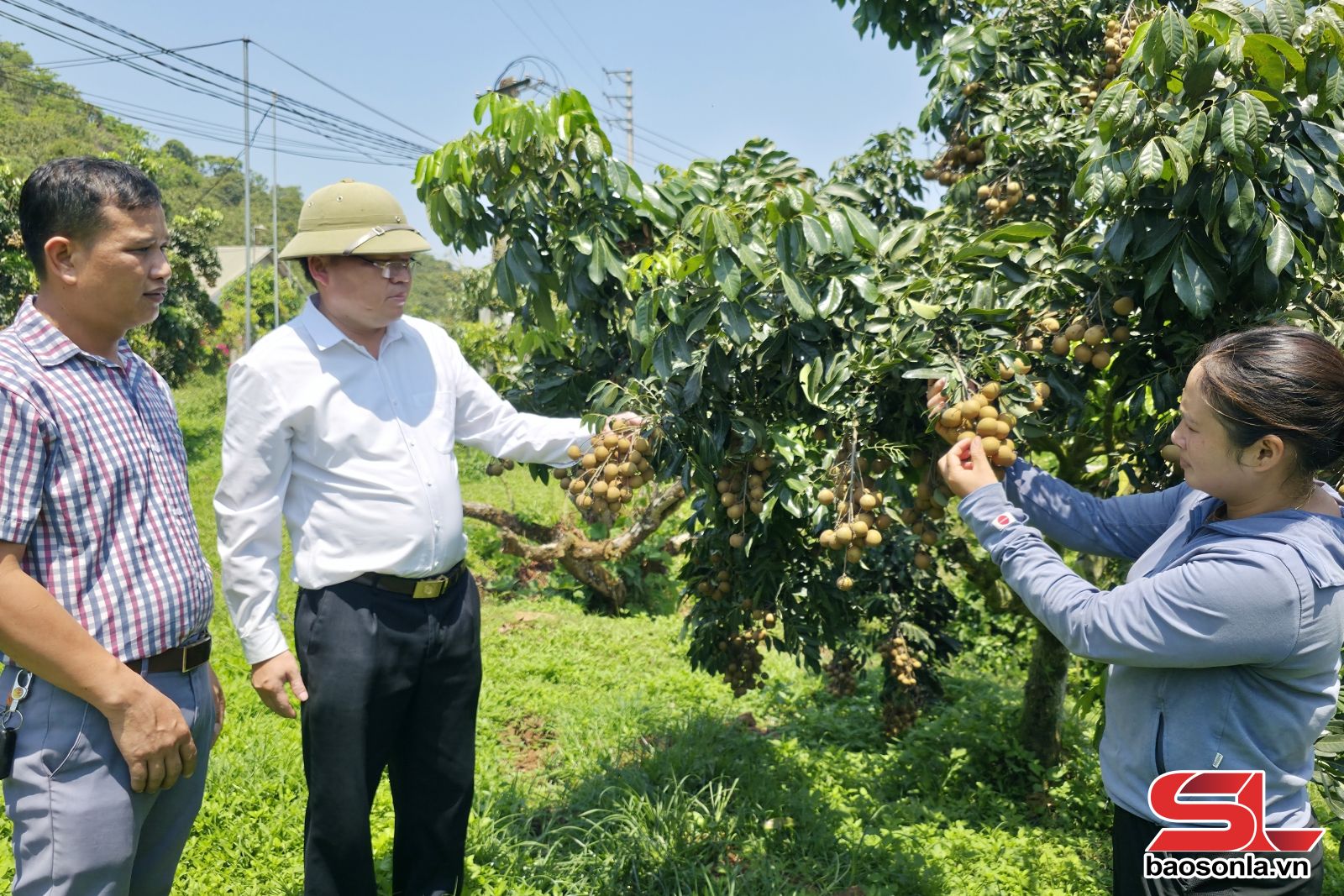
Farmers in Song Ma district have started to produce longan in different seasons since 2019, with 10 hectares in the communes of Na Nghiu, Chieng Khuong, Muong Hung, Chieng Khoong, and Chieng Cang. Up to now, the whole district has about 920 hectares of early-ripening longan, with an output of more than 9,000 tons. Longan in different seasons helps reduce the pressure on consumption in the main season, with the selling price being 1.5 - 2 times higher than in the main season. The treatment of early flowering and ripening usually starts from September to November, and is harvested from March to August of the following year. Many areas growing early-ripening, spread-out longan have signed long-term purchase contracts with businesses, with high and stable prices.
To successfully handle off-season fruit trees, farmers must master the care process, from branch ringing, watering, pruning at the right time, to using biological products and growth regulators in the right dosage. Ms. Lo Thi Bach, Head of the District Department of Agriculture and Environment, said: The Department coordinates with specialized units to organize dozens of training courses on planting and caring for longan and other fruit trees in the form of "hands-on instruction" in the garden so that people can easily grasp. At the same time, it strengthens inspection and guides farmers to strictly implement biosafety production processes and develop a plan to issue systematic planting area codes.
In addition, Song Ma district is also gradually applying digital technology in monitoring the quality of agricultural products, such as QR-Code scanning, electronic diaries and traceability; there are plans to build packaging centers and processing plants in large raw material areas.

Mr. Nguyen Tien Hai, Vice Chairman of the District People's Committee, said: The district aims to develop a fruit growing area with multiple crops, combined with deep processing and standardizing processes to meet the international market. The goal by 2035 is for the entire district to have 12,000 hectares of fruit trees; of which, 8,000 hectares are longan (including 3,200 hectares of longan with multiple crops), accounting for 66.67%; the remaining 4,000 hectares are other fruit trees, contributing to job creation, increasing income and export value for local people.
By applying the technique of planting fruit trees in different seasons, giving sweet fruit all year round, Song Ma farmers are writing the story of growing fruit trees with proactive thinking - technique - association, contributing to increasing the value of local agricultural products.
Source: https://baosonla.vn/kinh-te/dao-chieu-mua-vu-cho-qua-ngot-bon-mua-dQ3UxFaNR.html


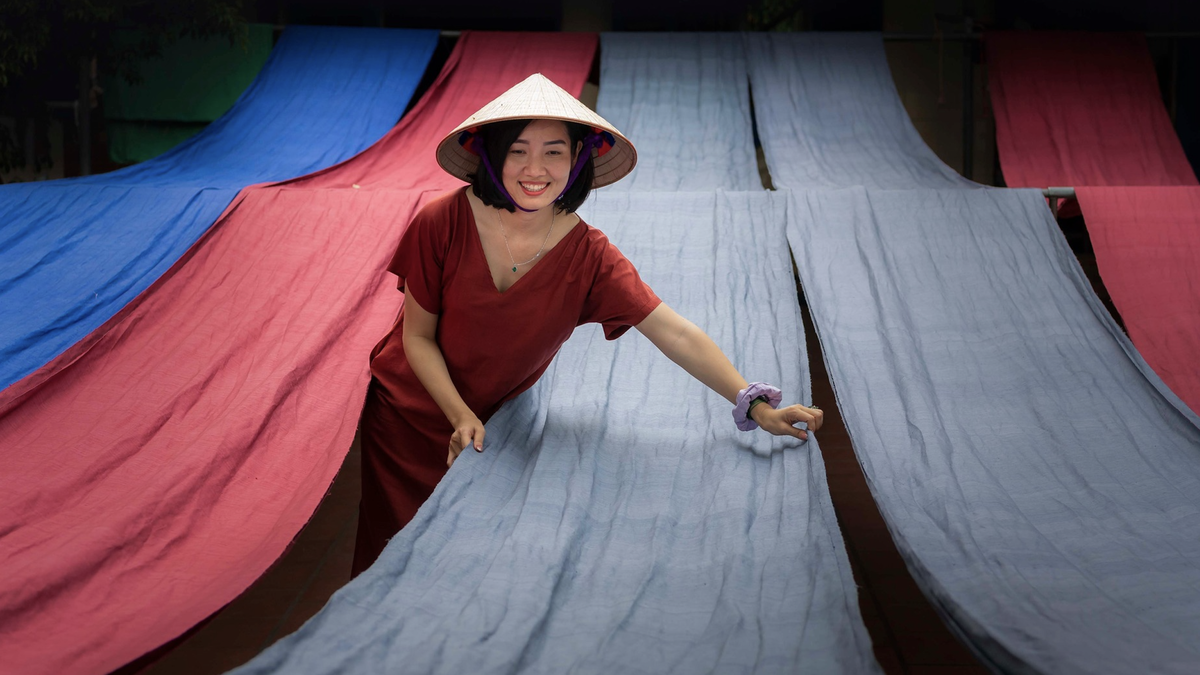



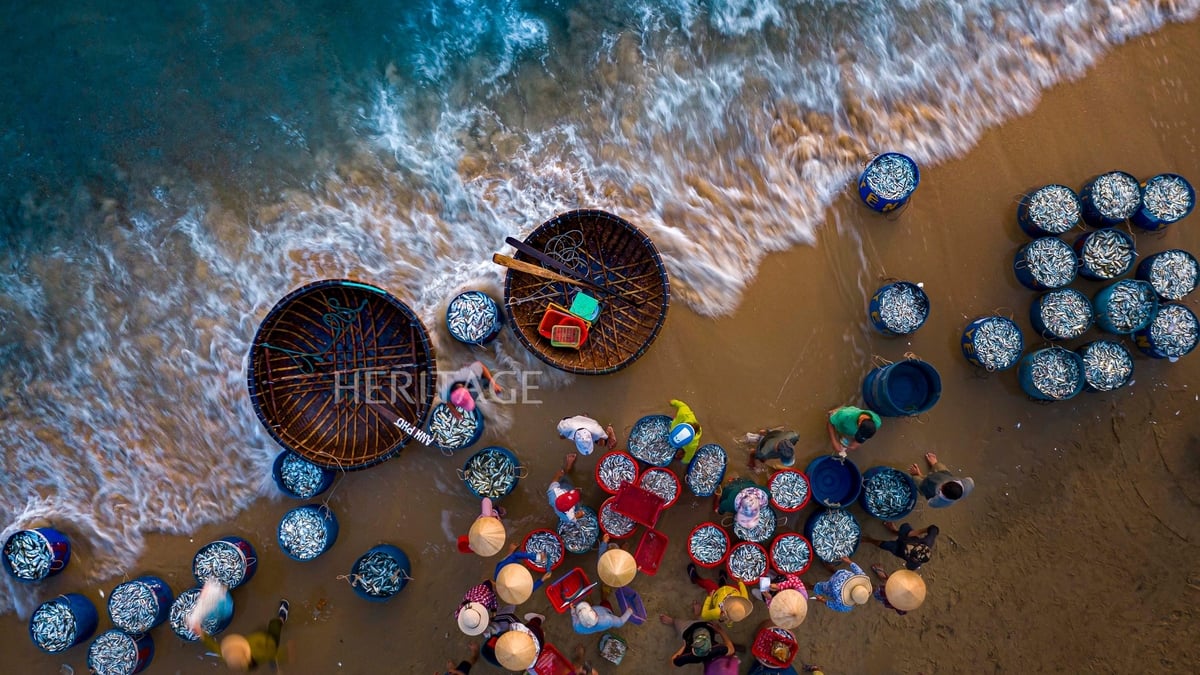
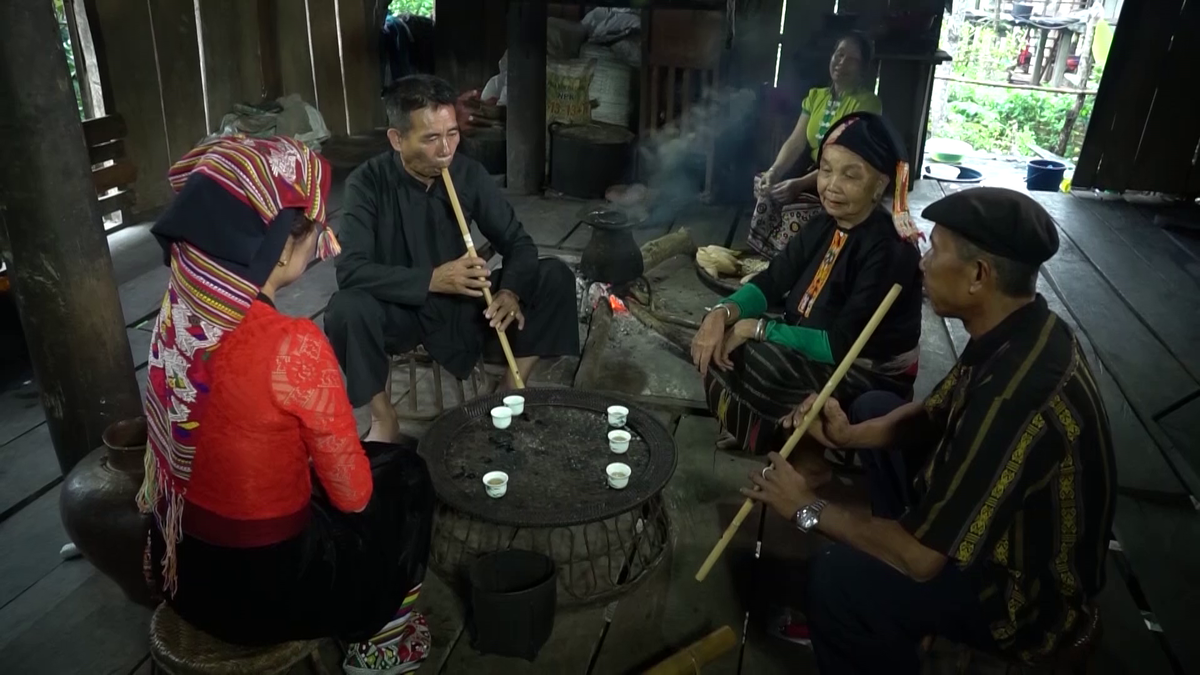
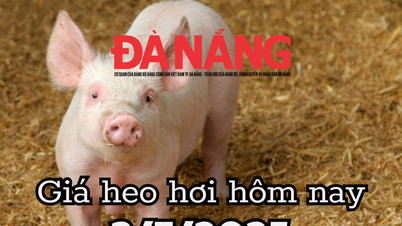

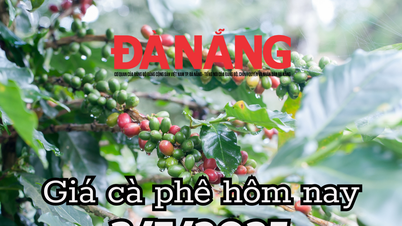


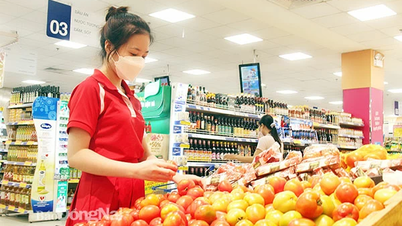
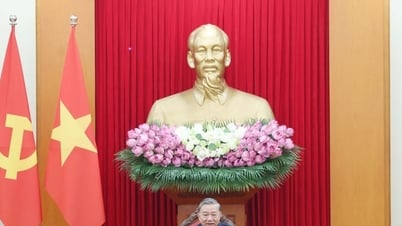








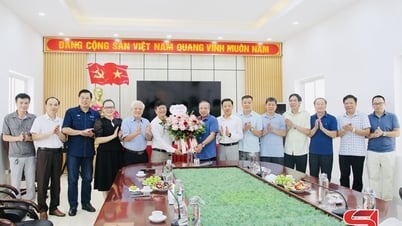

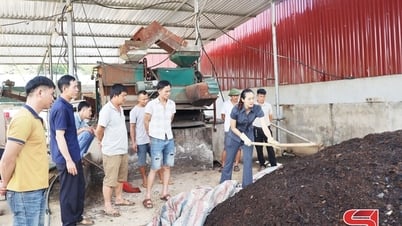
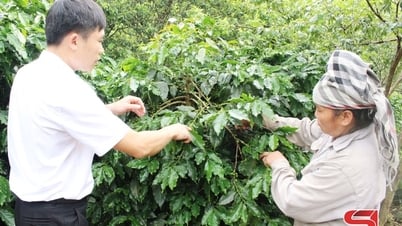
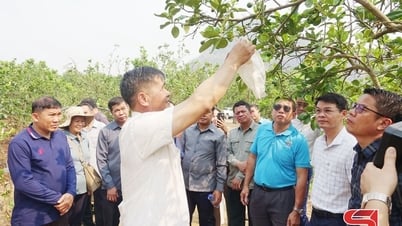
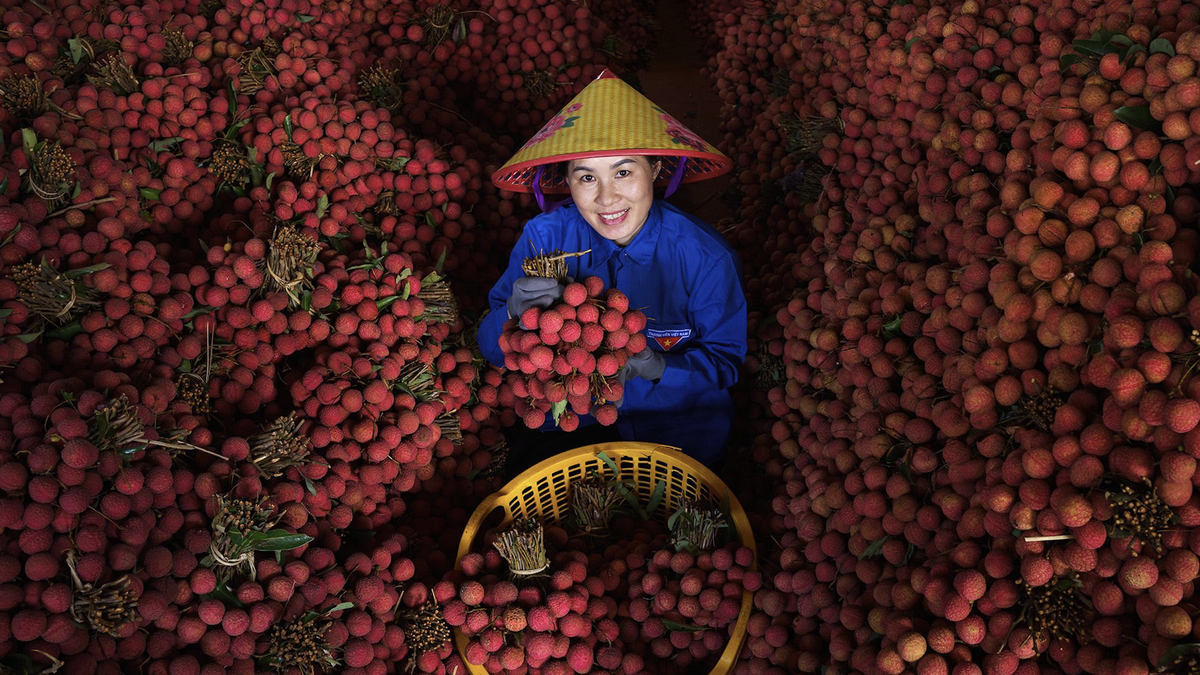
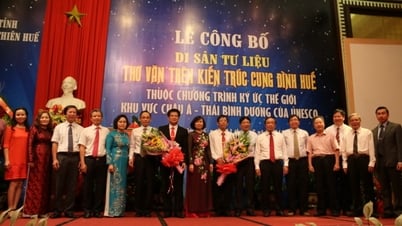

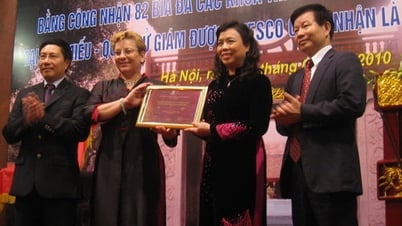

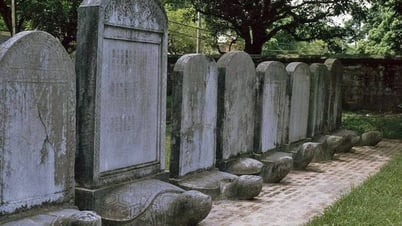

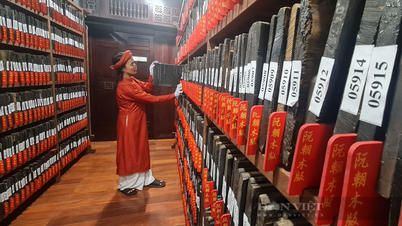





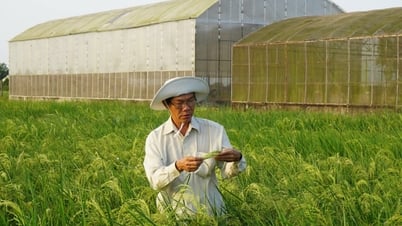

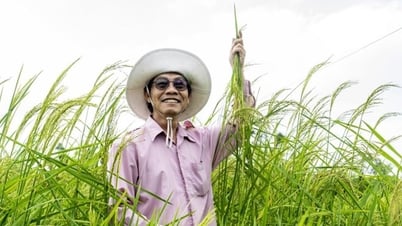

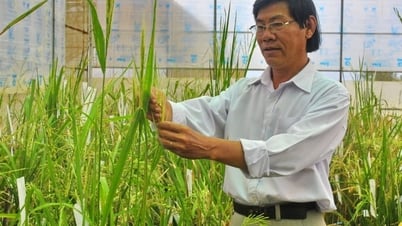



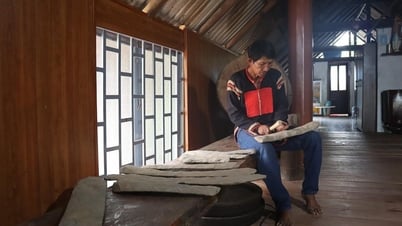

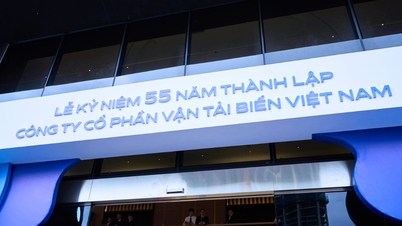



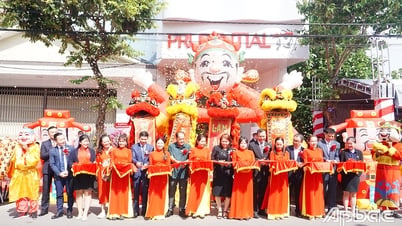



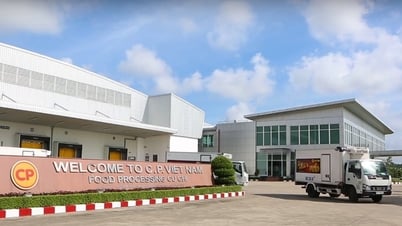


![[Photo] General Secretary To Lam attends the launch of 3 digital platforms serving the implementation of Resolution No. 57-NQ/TW](https://vphoto.vietnam.vn/thumb/402x226/vietnam/resource/IMAGE/2025/7/2/d7fb7a42b2c74ffbb1da1124c24d41d3)


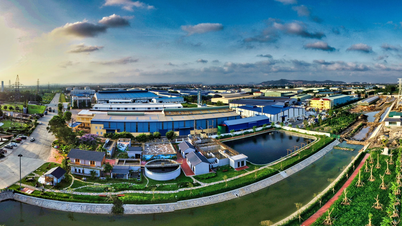





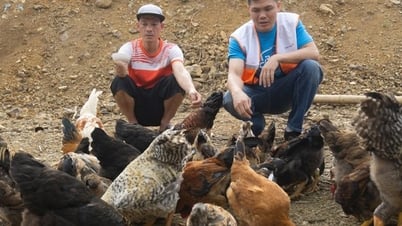




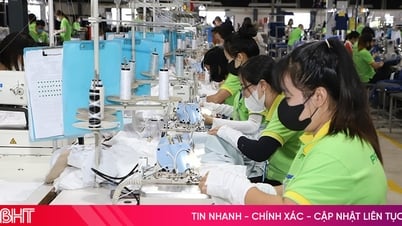




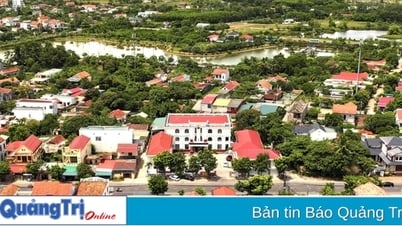



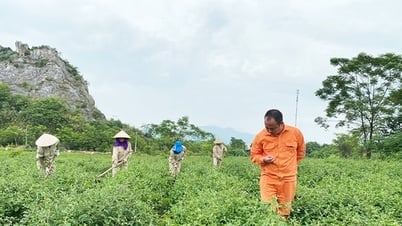










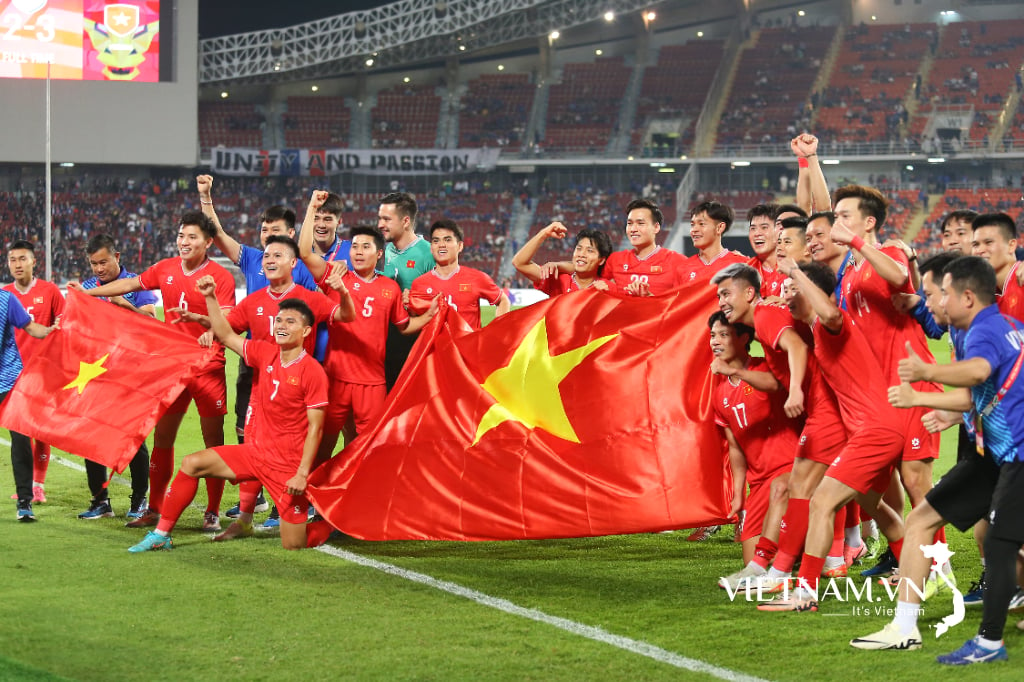
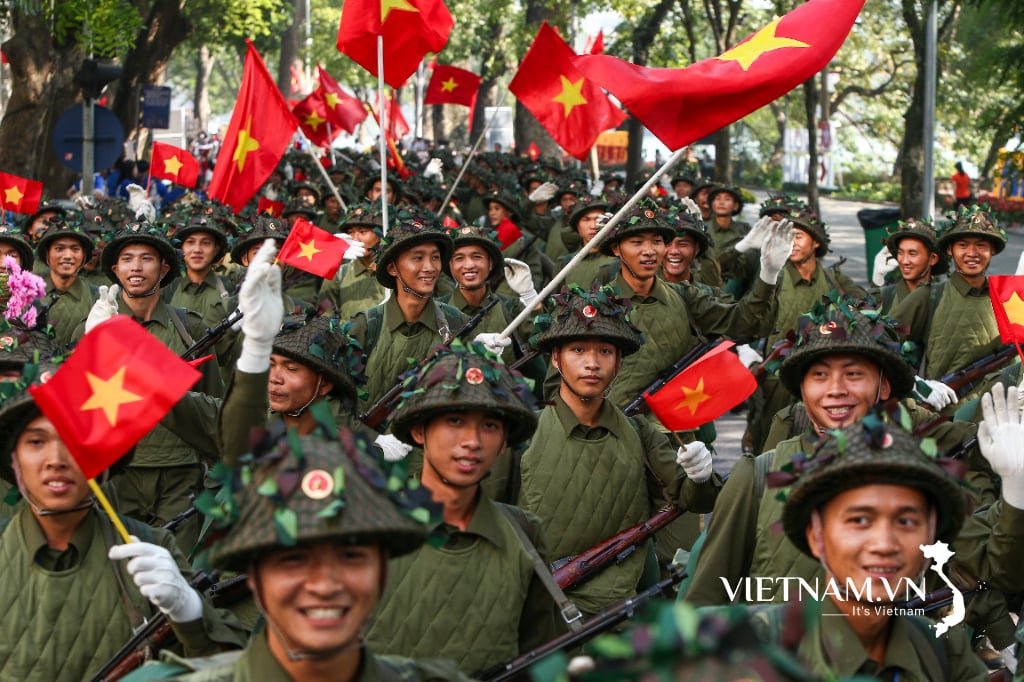
Comment (0)